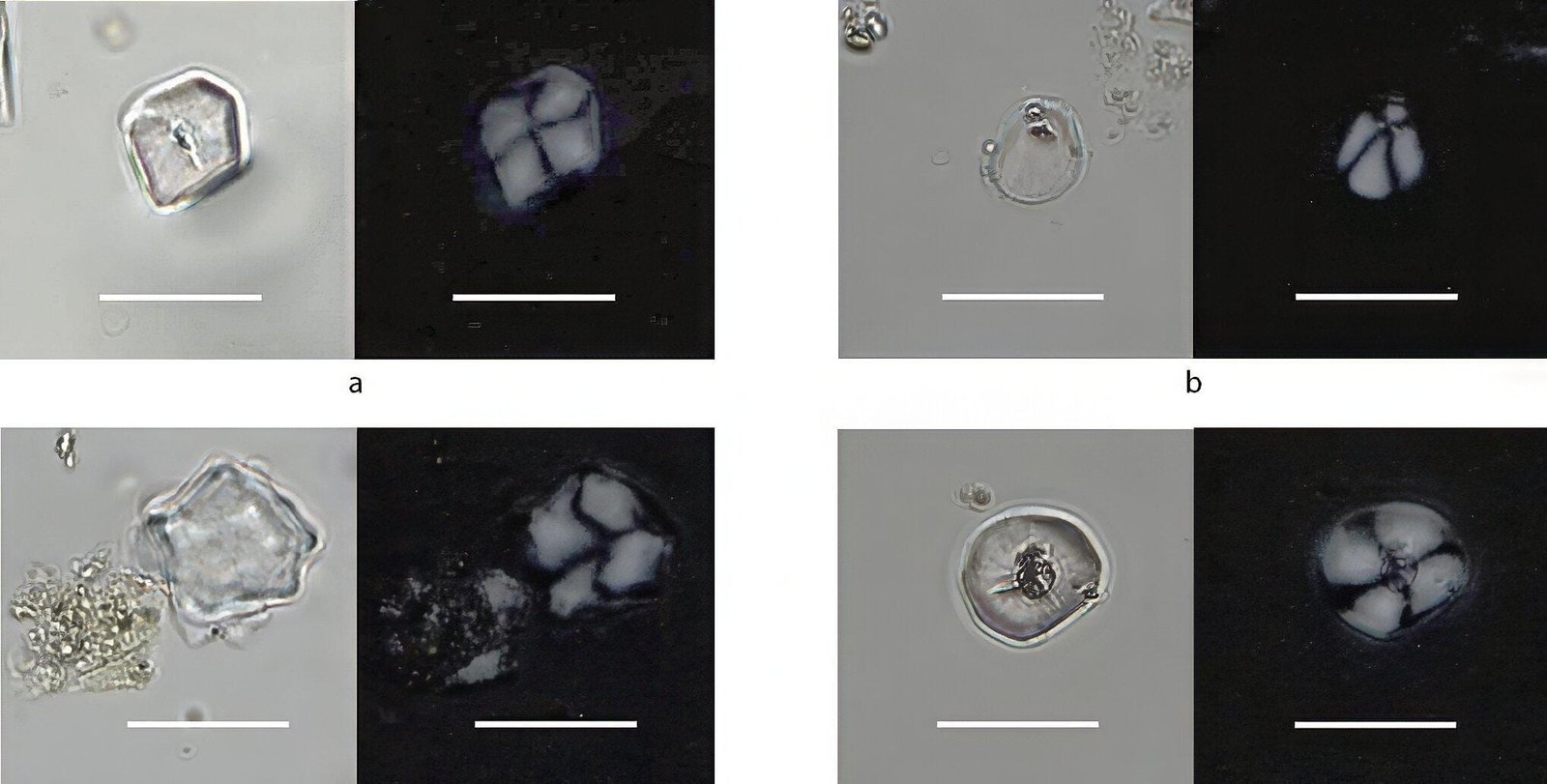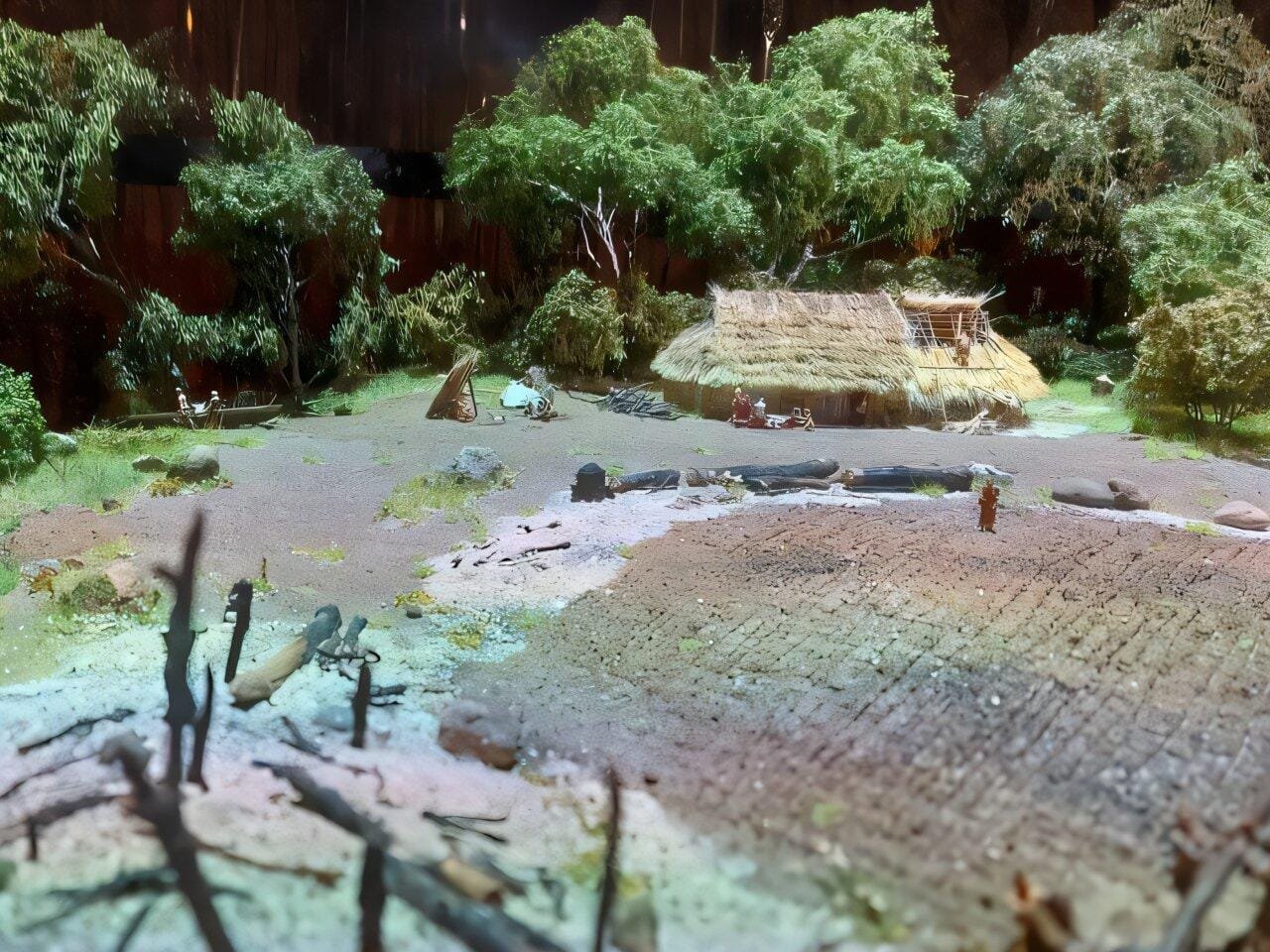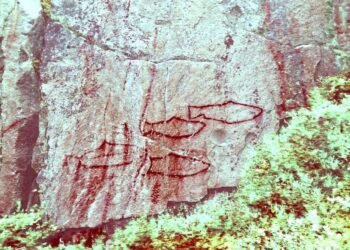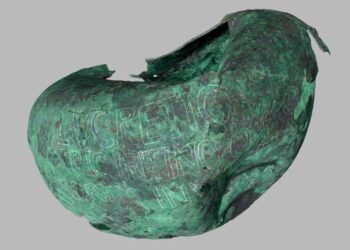Recent research into a 5,500-year-old Neolithic settlement on the Danish island of Funen challenges long-standing assumptions about early agricultural diets. This site, associated with the Funnel Beaker Culture, has provided a wealth of artifacts, including grinding stones and over 5,000 carbonized cereal grains like naked barley, emmer wheat, and durum wheat.

Traditionally, grinding stones have been assumed to serve as tools for producing flour to bake bread. But recent research conducted by an international team from Denmark, Germany, and Spain, including archaeobotanist Dr. Welmoed Out and senior researcher Dr. Niels H. Andersen of Moesgaard Museum, offers a different perspective. The researchers employed advanced methods to analyze microscopic mineral plant remains (phytoliths) and starch grains found on these grinding stones. Surprisingly, no traces of cereal grinding were detected. Instead, the identified starch grains originated from wild plants, not cereals.
“We have not identified the plants from which the starch grains originated. We have simply ruled out the most obvious candidates—namely, the cereals found at the settlement, which were not ground, as well as various gathered species, including hazelnuts,” explained Dr. Out. Dr. Andersen noted that the grinding stones lacked wear marks typically associated with grinding cereals. Instead, these stones were likely used with pestles to crush materials, akin to a mortar and pestle technique.
The findings, published in Vegetation History and Archaeobotany, suggest that early Neolithic farmers at Frydenlund prepared cereals as porridge or gruel rather than bread. This discovery aligns with evidence from other Funnel Beaker sites across Northern Europe, where remnants of cooked cereals, berries, nuts, roots, and meat have been uncovered. According to Dr. Andersen, “Early farmers did not subsist on bread and water but rather on porridge and water, along with other gathered and hunted foods.”

The study also challenges assumptions about early beer brewing in Denmark. While beer production is documented in other Neolithic contexts, such evidence has not been found in Denmark during this period. Brewing practices appear to have emerged in the region only during the Bronze Age.
In addition to cereals, researchers identified hazelnuts and blackberries as significant dietary components, reflecting a mix of agriculture and foraging. The grinding stones’ exclusive use for processing wild plants underscores the continued importance of foraged foods even as farming became more established.
This research is the first to apply phytolith and starch analyses to grinding stones from Northern Europe’s early farmers, offering unprecedented insights into Neolithic food preparation.
“This study involves only one settlement,” cautioned the researchers. “Different results might emerge when this method is applied to findings from other excavations.” Future research will extend this approach to other Northern European sites, providing a broader picture of early Neolithic dietary practices and their role in the neolithization process.






















Disclaimer: This website is a science-focused magazine that welcomes both academic and non-academic audiences. Comments are written by users and may include personal opinions or unverified claims. They do not necessarily reflect the views of our editorial team or rely on scientific evidence.
Comment Policy: We kindly ask all commenters to engage respectfully. Comments that contain offensive, insulting, degrading, discriminatory, or racist content will be automatically removed.
Medieval peasants ate pottage, essentially gruel with whatever veggies and meats were available. People in the New Stone Age ate pottage, too, cool fact. Thank you for keeping this magazine free.